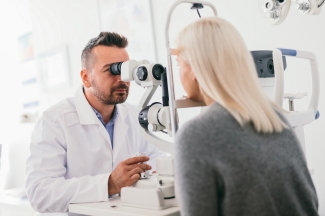12 common eye conditions: What they look like and how to spot them
What is World Sight Day?
World Sight Day is an annual event with the aim of raising awareness about vision impairments and focusing attention on the global issue of eye health. The event has been coordinated by the International Agency for the Prevention of Blindness (IAPB) since 2000, with this year’s theme being #LoveYourEyes.
The organisers are aiming to get 5 million eye test pledges from individuals who want to take better care of their eyes, in order to catch any potential eye health issues and ensure the correct steps are taken to manage the problems before they become a serious concern.
Predictions for eye conditions in Britain
The importance of eye health cannot be understated, as data from the Royal National Institute of Blind People (RNIB) estimates there will be over 2 million Brits who will experience mild to moderate sight loss by 2025, with this number rising to 2.3 million in 2030. This means that millions more people may be reliant on glasses or contact lenses to support their vision.
The data from the RNIB also suggests how many people will struggle with the following eye conditions by 2025:
- Macular degeneration: Over 4.6 million people
- Diabetic retinopathy: 1.49 million people
- Ocular hypertension: 1.42 million Brits over 30 years old
- Cataracts: 786,000 people
- Glaucoma: 760,000 people
You may have already heard about some of these, but other eye conditions may still be unfamiliar to you. Therefore, we wanted to highlight what people should look out for when it comes to twelve common sight issues. We also created images to help you visualize what different vision impairments look like to help you decide when it’s time to see a specialist.
12 Common eye conditions
Read on to see how twelve different eye conditions can impact your vision.
1. Astigmatism
Astigmatism is a common cause of blurry vision, which is usually corrected with glasses or toric contact lenses. It happens when your eye is shaped more like a rugby ball rather than a football, so light is focused at more than one place in the eye.
Normal Vision

Astigmatism

2. Short-Sightedness (Myopia)
This is a common condition where you cannot see things that are far away clearly.
Signs that you may be short-sighted include difficulty reading words from a distance, sitting close to screens like the TV or a computer, getting frontal headaches and rubbing your eyes a lot.
Normal Vision

Myopia

3. Long-Sightedness (Hyperopia)
This condition affects your ability to focus on nearby objects. Those with moderate to high amounts of hyperopia, may also struggle to focus in the distance.
If you are long-sighted, you might find yourself having to squint to see clearly, whilst also getting tired or strained eyes after activities that involve prolonged concentration work such as reading or screen use.
Normal Vision

Hyperopia

4. Colour Vision Deficiency
Colour deficiency is usually inherited and makes it difficult to differentiate between shades of colours. This happens when the cones of the eye are missing specific light-sensitive pigments.
There are different types of colour deficiencies with varying severity. While complete colour blindness is rare, red-green colour blindness is the most common type.
If you have protanopia, you have reduced sensitivity to red light.
If you have deuteranopia, you have reduced sensitivity to green light.
If you have tritanopia, you have reduced sensitivity to blue light.
Normal Vision
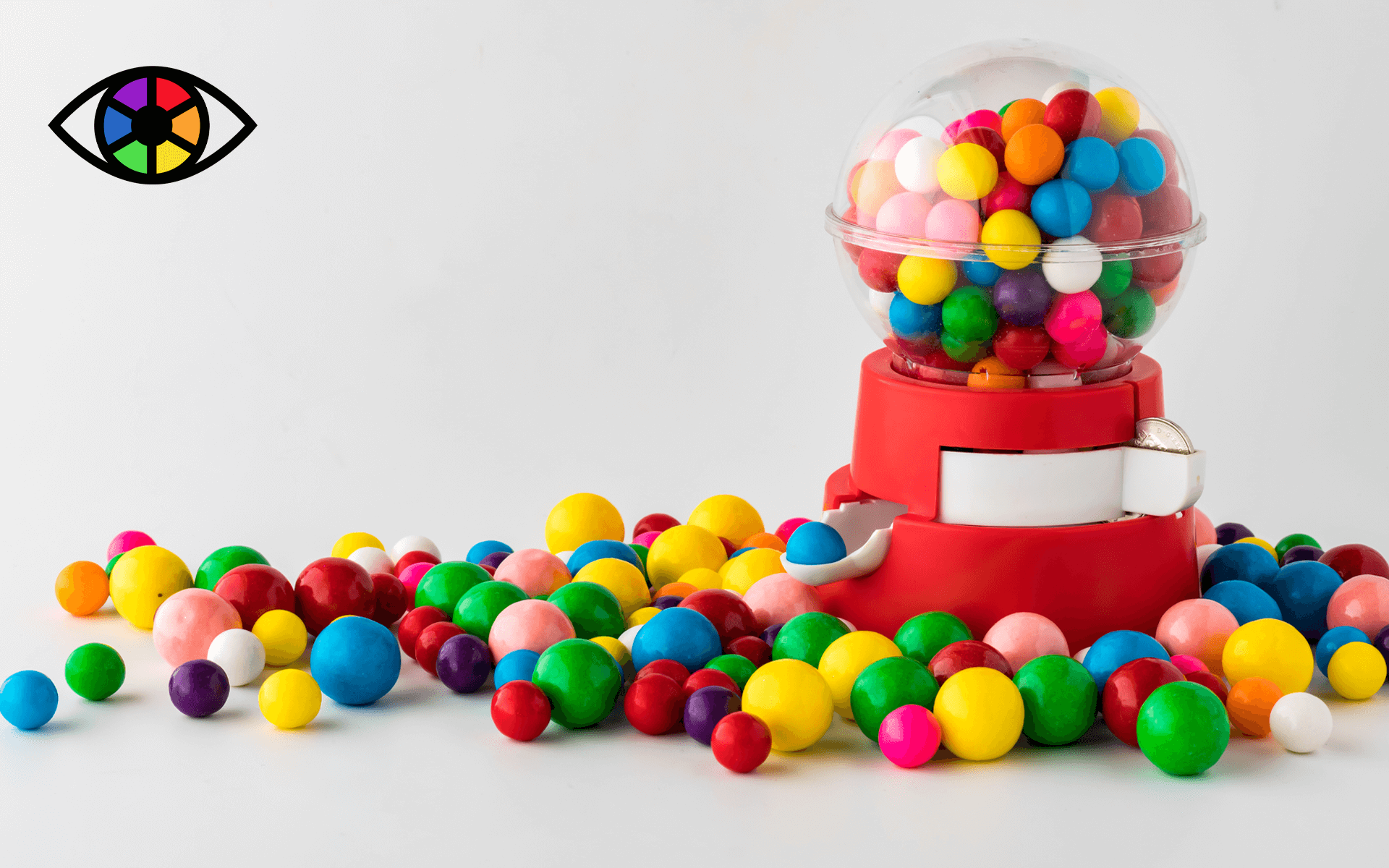
Protanopia
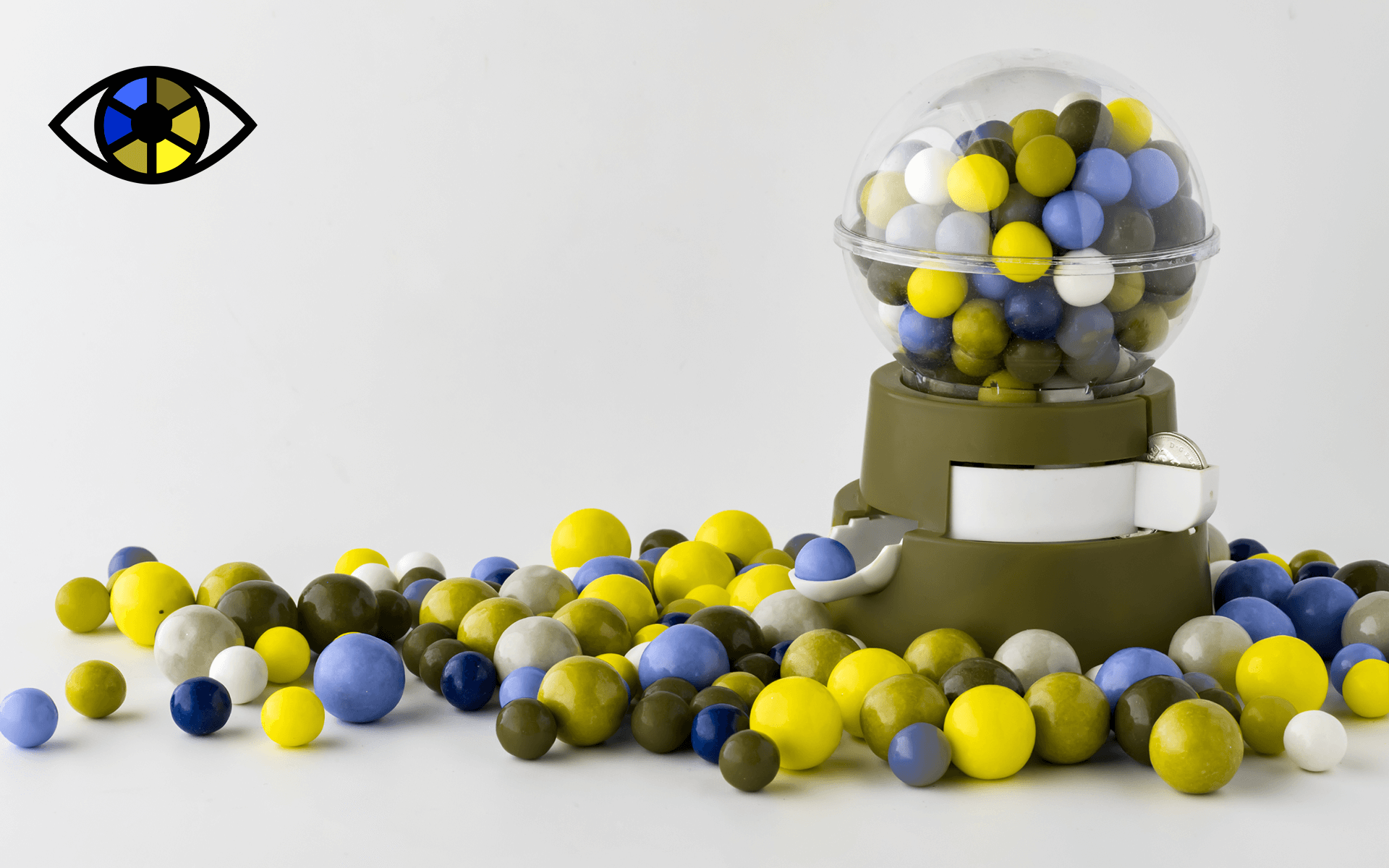
Tritanopia

Deuteranopia
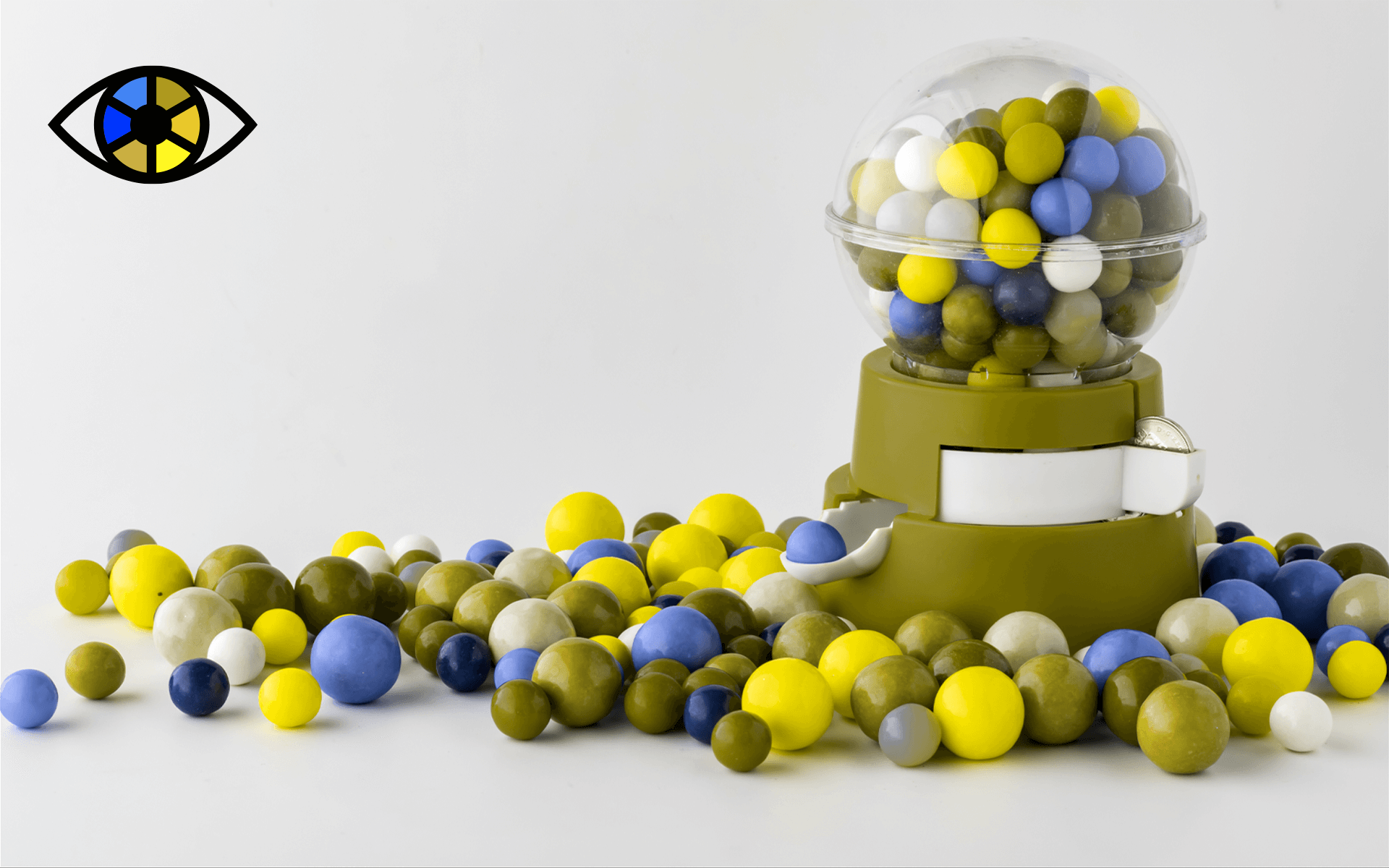
5. Presbyopia
Presbyopia occurs as the lens in the eye becomes less flexible, meaning less adaptable when focusing from distance to near, with age. As a result, the condition makes it harder to focus on close work such as reading or sewing.
Normal Vision

Presbyopia


6. Glaucoma
This is a common eye condition where the optic nerve, which connects the eye to the brain, becomes damaged. Depending on the type of glaucoma, there may be no symptoms to begin with and can gradually develop over many years, affecting the edges of your vision first.
Catching the disease in its early stages through regular check-ups is vital to slow further vision loss.
Normal Vision
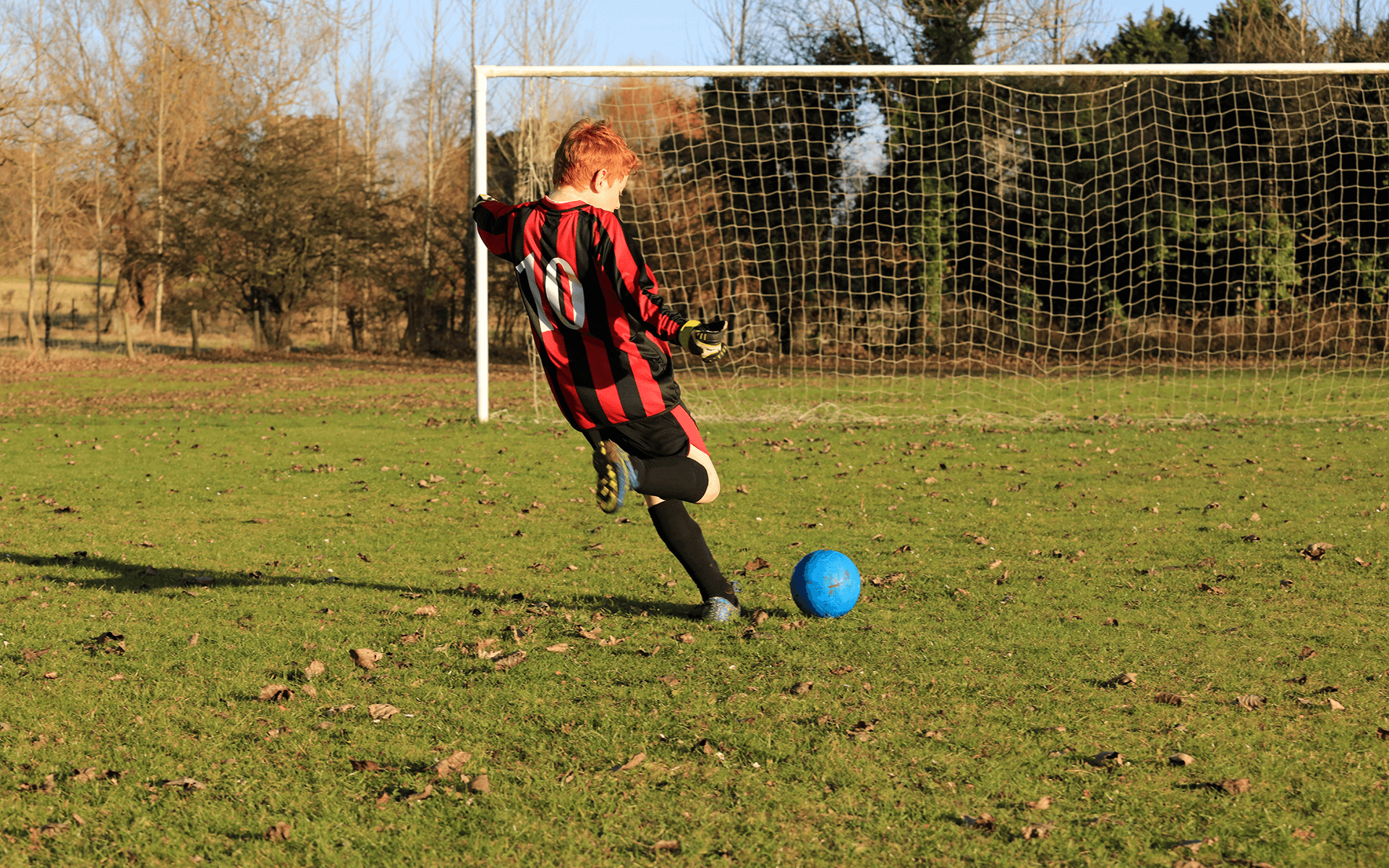
Early Glaucoma
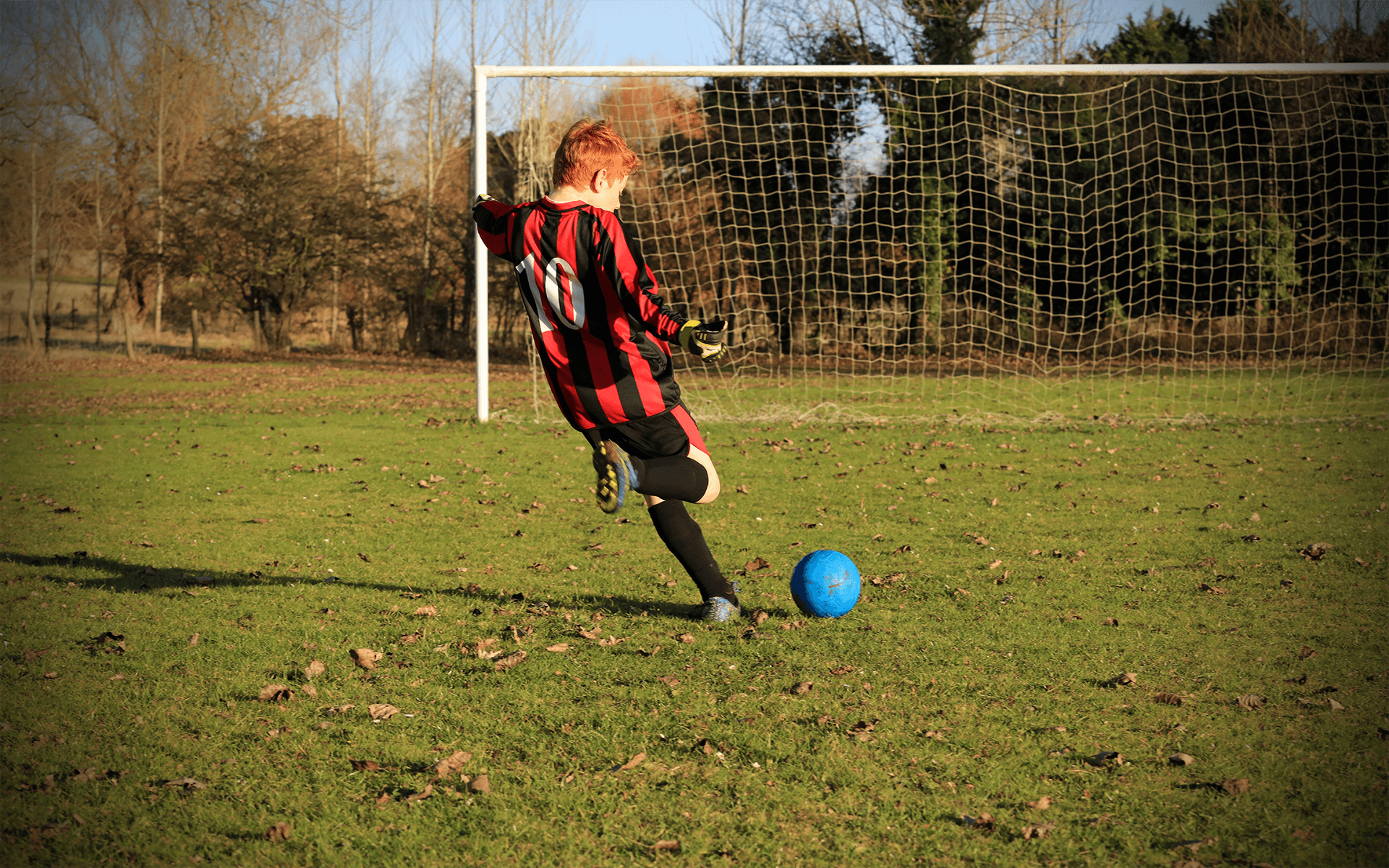
Advanced Glaucoma
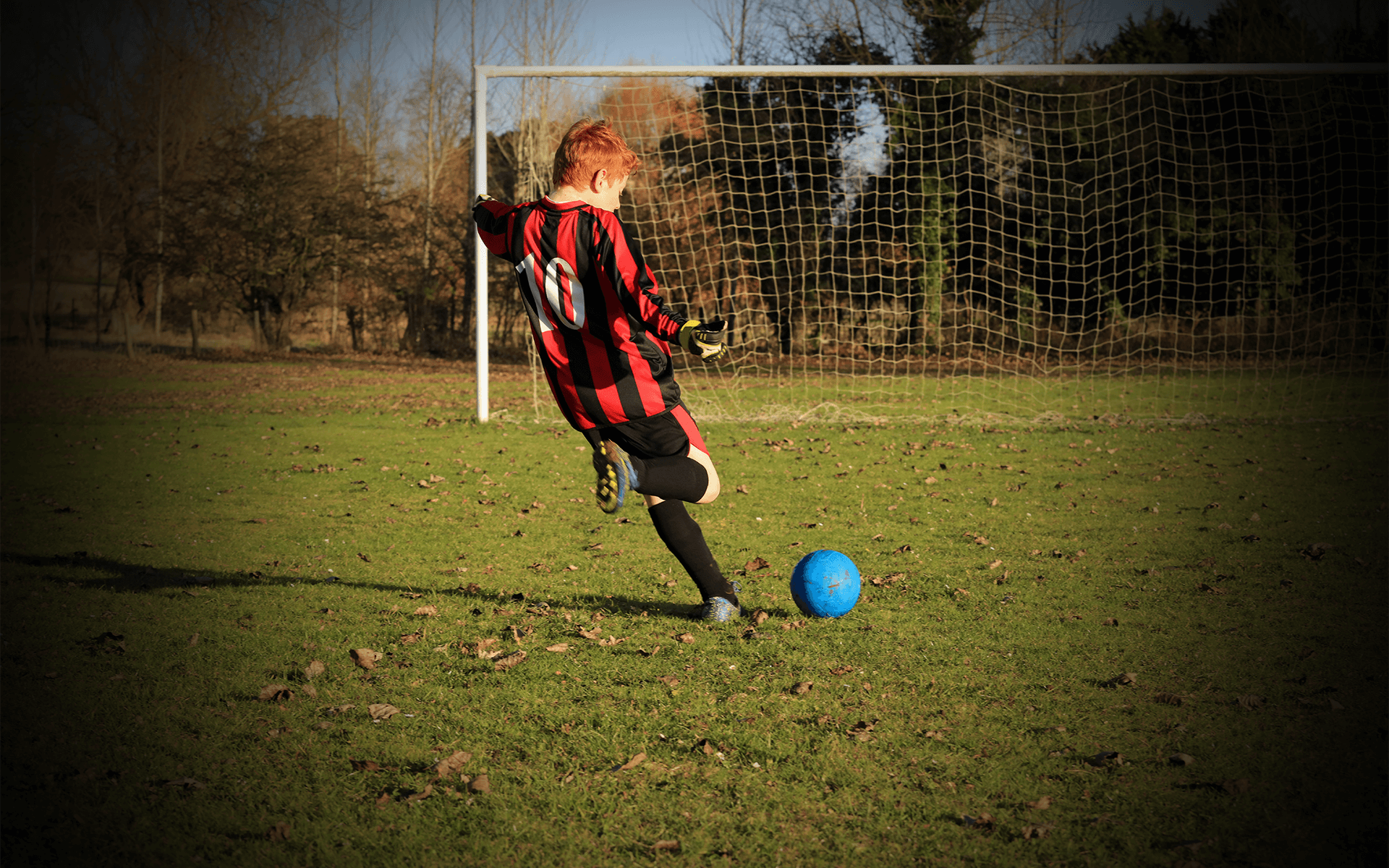
Extreme Glaucoma
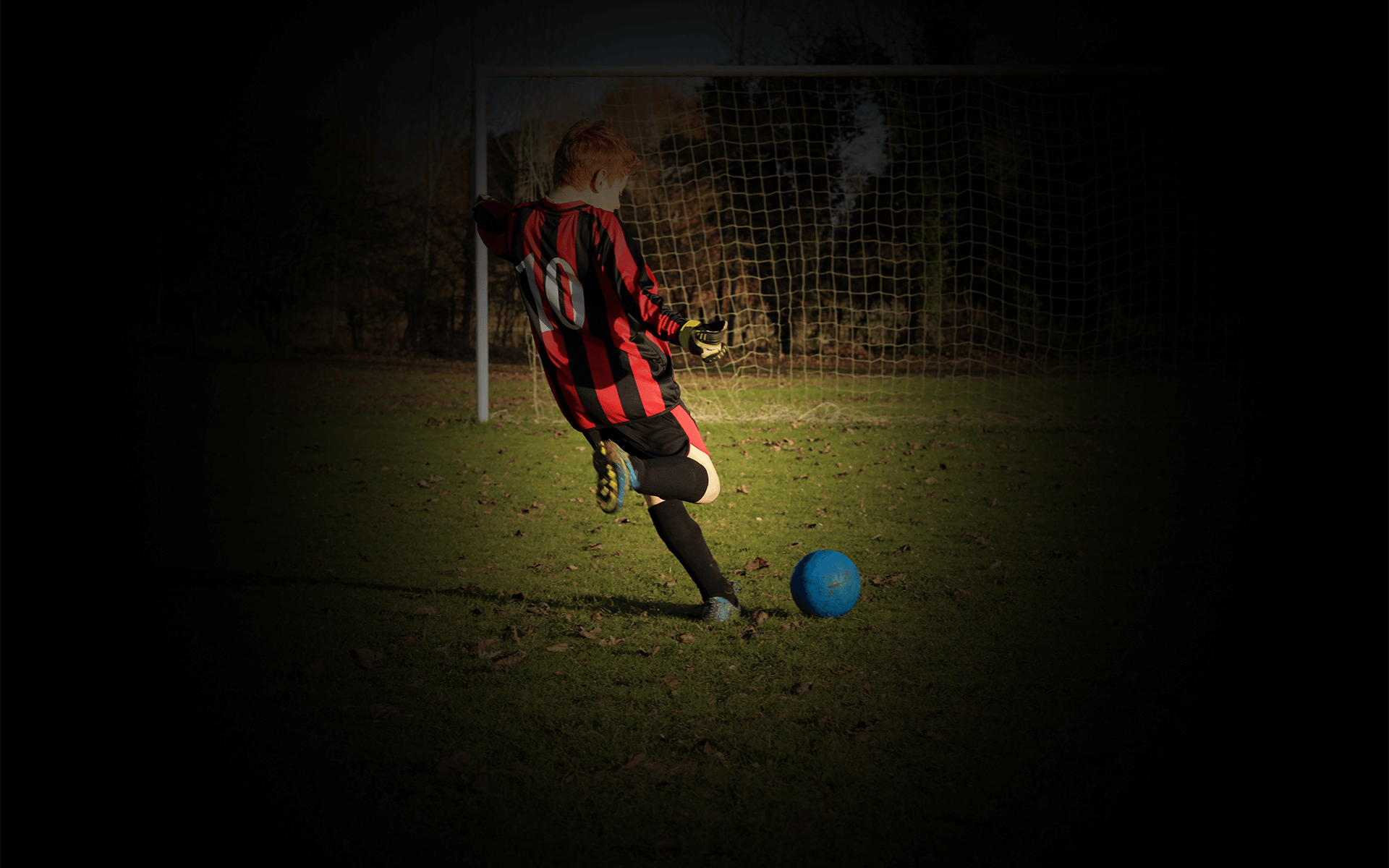
7. Macular Degeneration
Age-related macular degeneration (AMD) is a leading cause of vision loss for older adults and is an eye disease that impacts your central vision. It happens when ageing causes damage to the macula, which is a part of the retina at the back of the eye. The macula controls sharp, straight-ahead vision, and as a result, the loss of central vision can make it harder to see faces and do common tasks like reading or driving.
Normal Vision

Macular Degeneration Stage 1

Macular Degeneration Stage 2
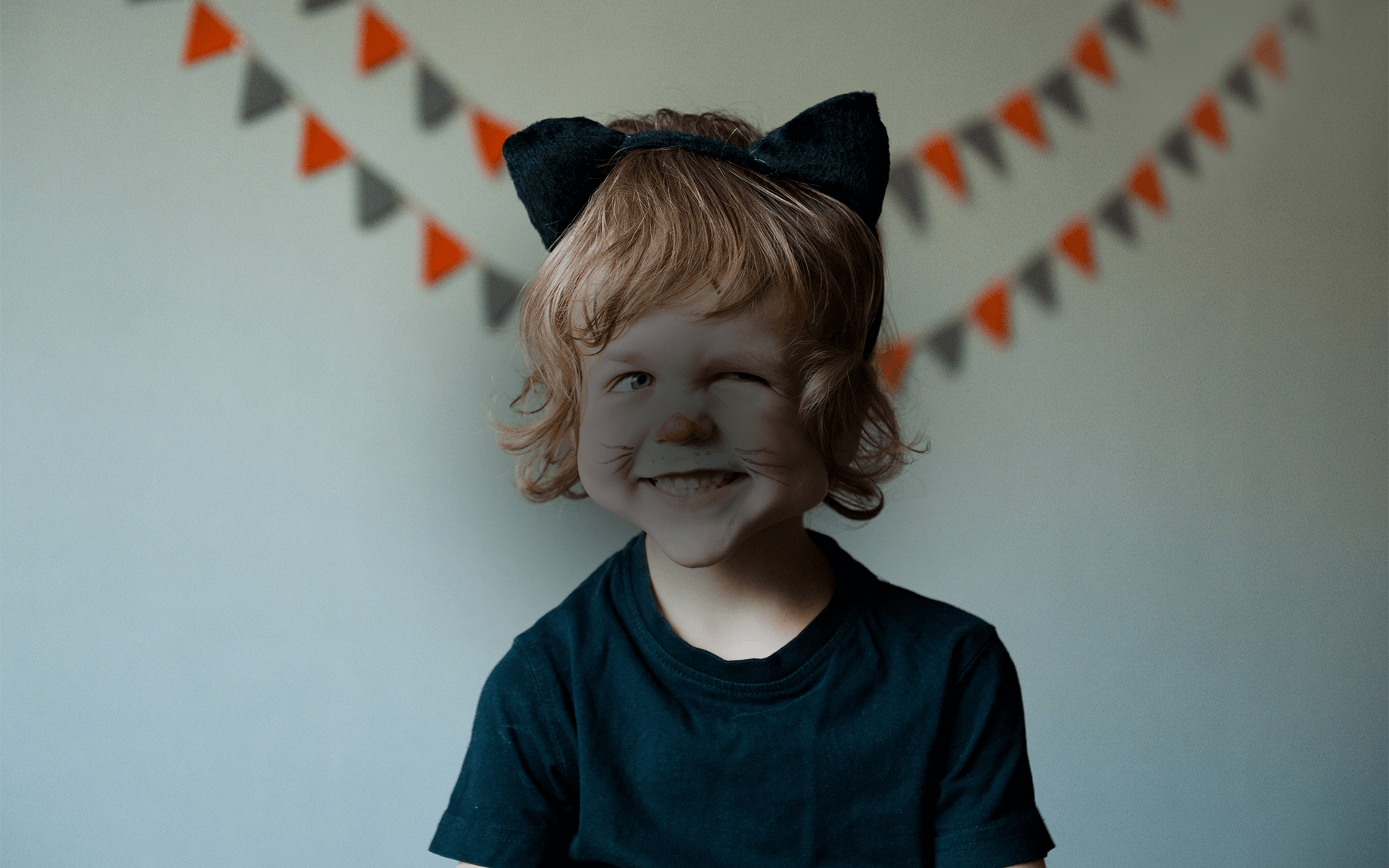
Macular Degeneration Stage 3
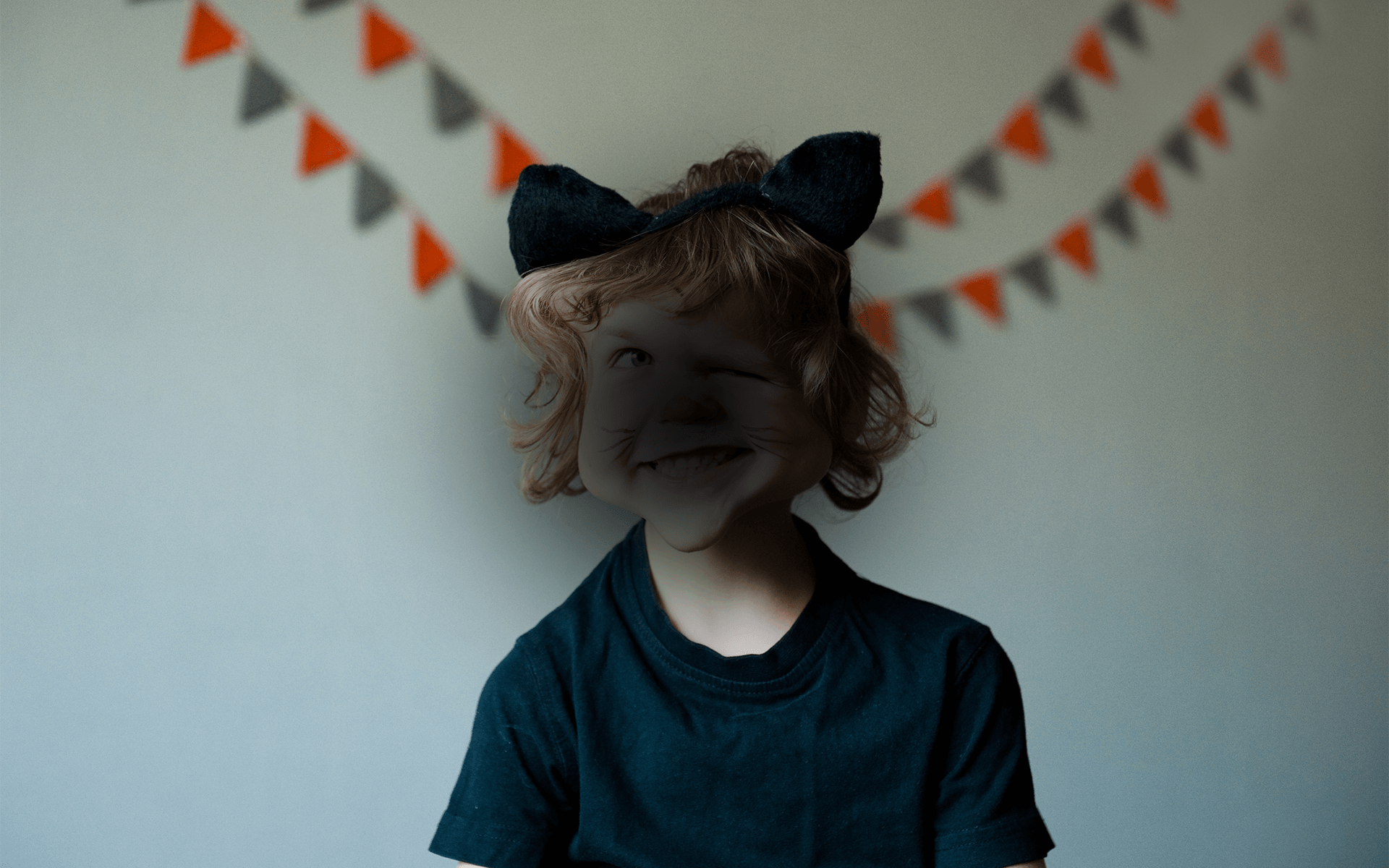
8. Diabetic Retinopathy
Diabetic retinopathy is a complication of diabetes caused by high blood sugar levels damaging the back of the eye (retina). This can cause blindness if left undiagnosed and untreated.
Normal Vision

Diabetic Retinopathy
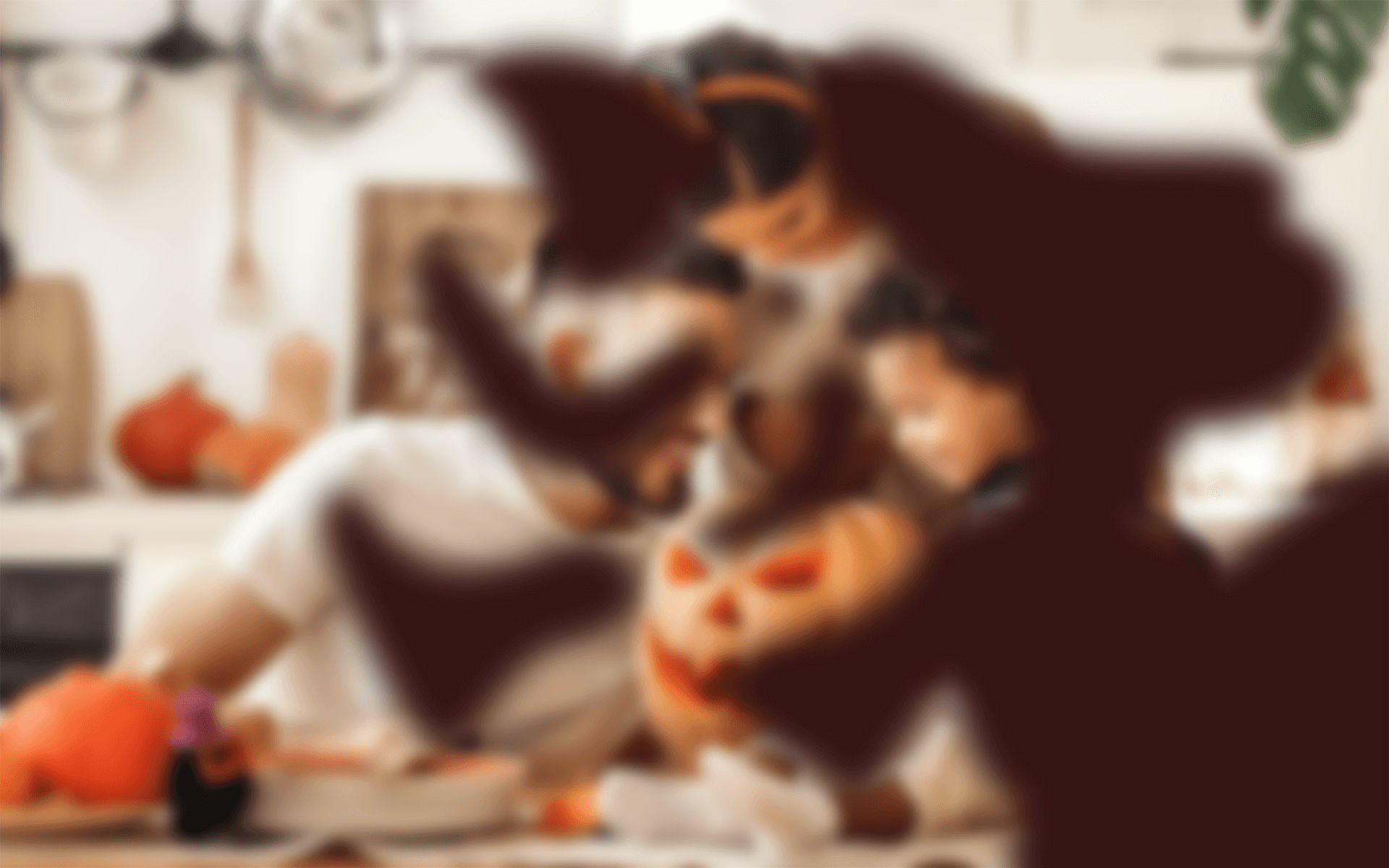
9. Cataracts
A cataract is a clouding of the normally clear lens of the eye. Having cataracts and seeing through cloudy lenses can make it seem a bit like looking through a frosty or fogged-up window.
Cataracts mostly develop slowly and don't disturb you early on. But with time, cataracts will eventually interfere with your vision. Symptoms include clouded vision, difficulty seeing at night, sensitivity to light, seeing halos around lights and fading or yellowing of colours.
Normal Vision

Cataracts

10. Retinitis Pigmentosa (RP)
Retinitis pigmentosa (RP) comprises a large group of rarer, inherited vision disorders that cause progressive degeneration of the retina, which is the light-sensitive membrane that coats the inside of the eyes.
In the early stages, there may be issues seeing in low light (night blindness). As the condition advances, the peripheral (or side) vision gradually decreases until it is eventually lost, leading to tunnel vision. Central vision is usually preserved until late in these conditions.
Normal Vision

Retinitis Pigmentosa
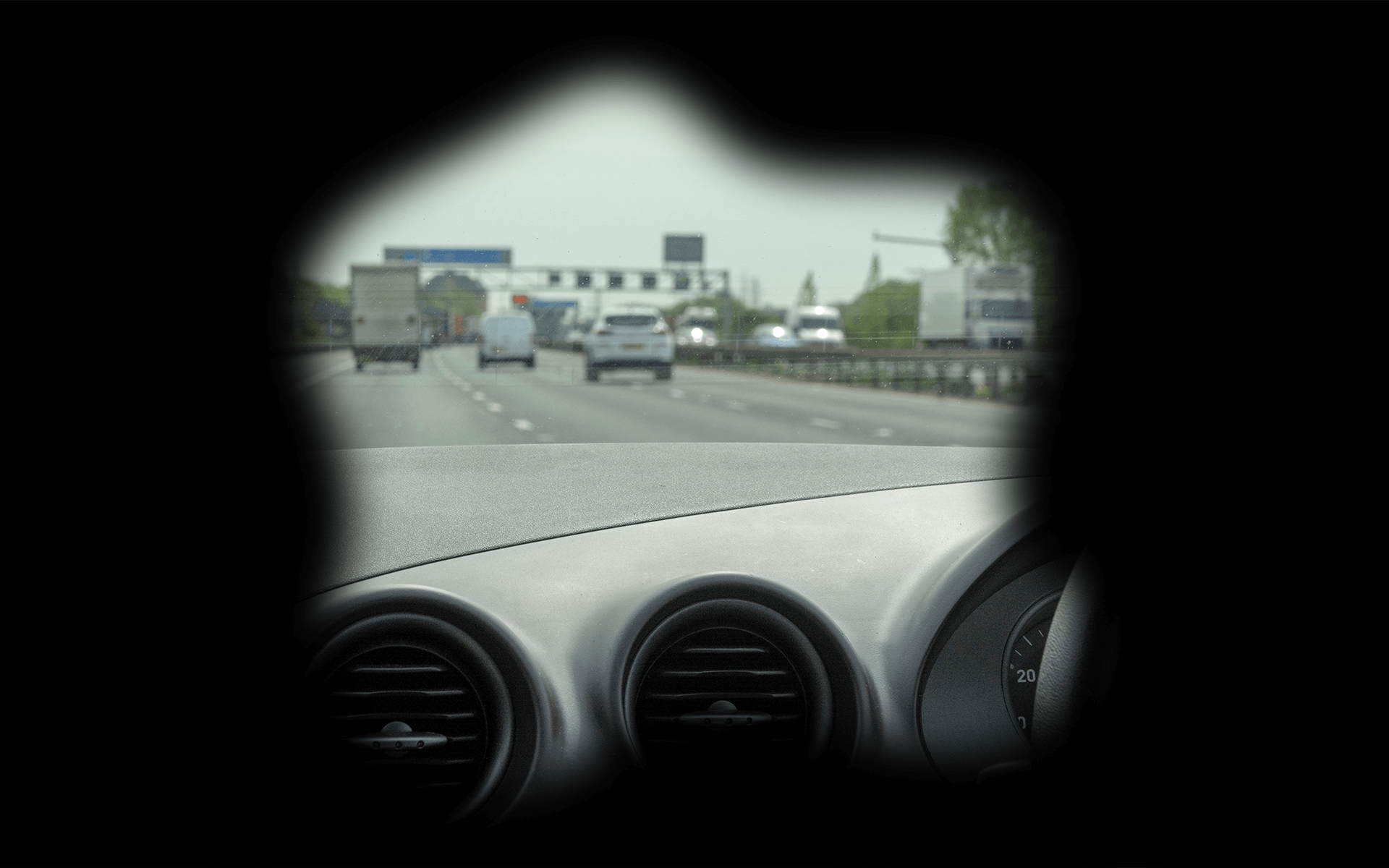
11. Double vision (diplopia)
Double vision is when you look at one object but can see two images. It may affect one (less common) or both eyes. The main cause is down to issues with the eye muscles and nerves, for example, a squint. In some cases, it could be down to conditions such as cataracts and dry eyes.
Sudden onset double vision can be linked to more serious health issues, and should this occur, see your optician as soon as possible.
Normal Vision

Double Vision (diplopia)

12. Floaters
Floaters are something that most of us will probably have experienced at some point in our lives. Seeing dots and lines floating in your vision is common and not usually serious.
Floaters can look like small dots or squiggly lines. They are usually caused when the gel in the eye, known as the vitreous, becomes more water-like in structure over time and contracts. They only require treatment if you have a problem that could affect your vision.
Sudden onset or increase in floaters with or without flashes or light could indicate something more serious occurring on the retina. Should this be the case, see your optician as soon as possible.
Normal Vision

Floaters

Roshni Patel BSc (Hons) MCOptom
Optometrist and Professional Services Manager



